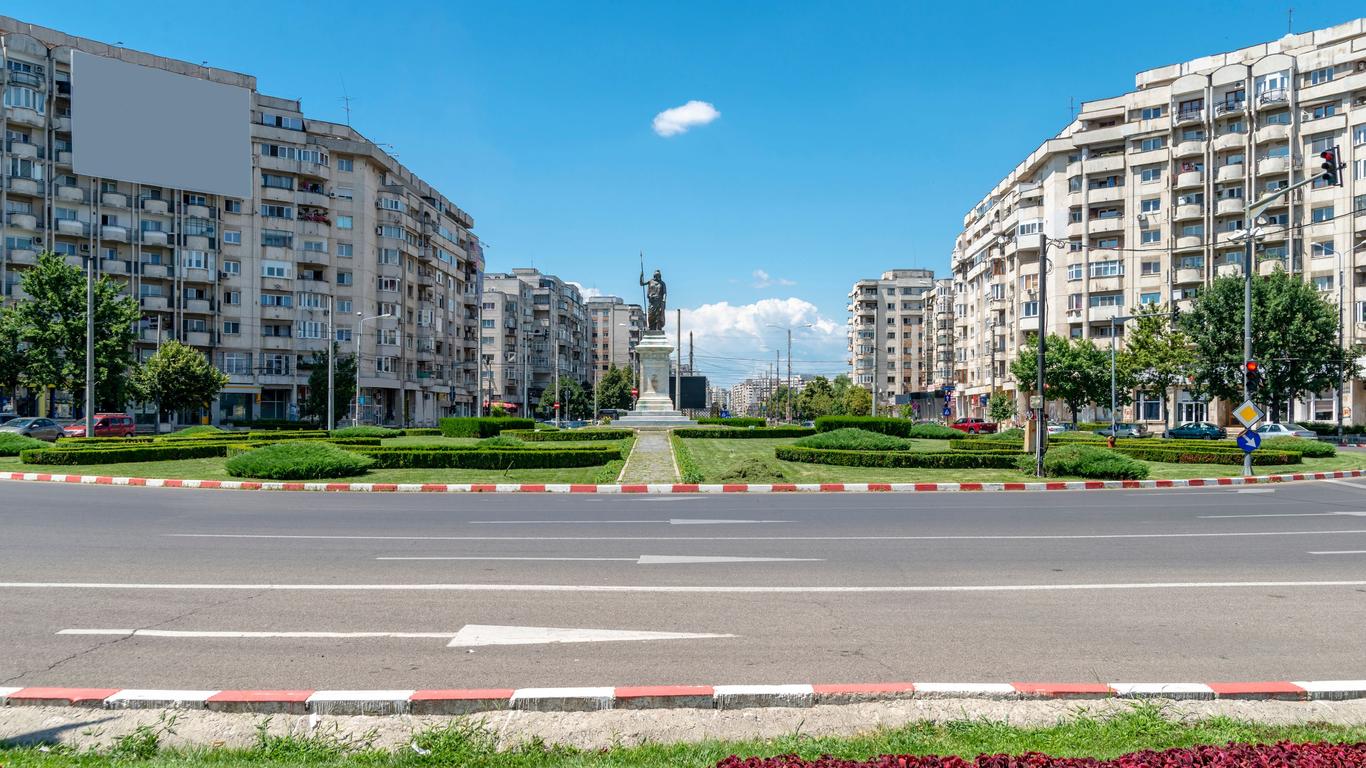Located on the route that links Bucharest with Brașov, Ploiești is an important transportation hub in Romania’s historic Muntenia region. For centuries, it has linked the capital with Transylvania and Moldavia, while it’s also home to fine museums that explore the region’s natural, anthropological and artistic heritage.
Things to do in Ploieşti
Take the time to explore the galleries of the Prahova County Museum of Natural Sciences, which houses exhibits dedicated to ecology, ethnography and Ploiești’s industrial past. Also not to miss is the County Museum of History and Archaeology, where you’ll find locally discovered artefacts from prehistoric times to the modern day.
A short walk south is the Clock Museum Nicolae Simache, which occupies a late-19th-century former magistrate’s residence. Its impressive collection of timepieces includes vintage watches, sundials and beautiful old grandfather clocks, as well as astronomical clocks dating back to the 16th century. Keep an eye out for the pendulum clock created at the Parisian Brulfer company in the 18th century.
Romanian artwork from the 19th and 20th centuries are on display at the Ion Ionescu-Quintus Prahova County Art Museum, which is named after an art collector who helped to establish the museum in 1931. It occupies a heritage-listed building that dates back to 1885 and was formerly home to the banker and politician Ghiță Ionescu. In addition to paintings by Sava Henția, Mișu Popp and Ion Andreescu, the collection includes still life works by Ștefan Luchian.
Getting around Ploieşti
Ploiești is around an hour’s drive from the centre of Bucharest and 35 minutes from Henri Coandă International Airport, which is the largest airport in Romania. Trains connect to destinations across the country from the Ploiești Vest and Ploiești Sud railway stations and buses travel throughout the city.





